Halo VR
343 Industries . Application . June 2017
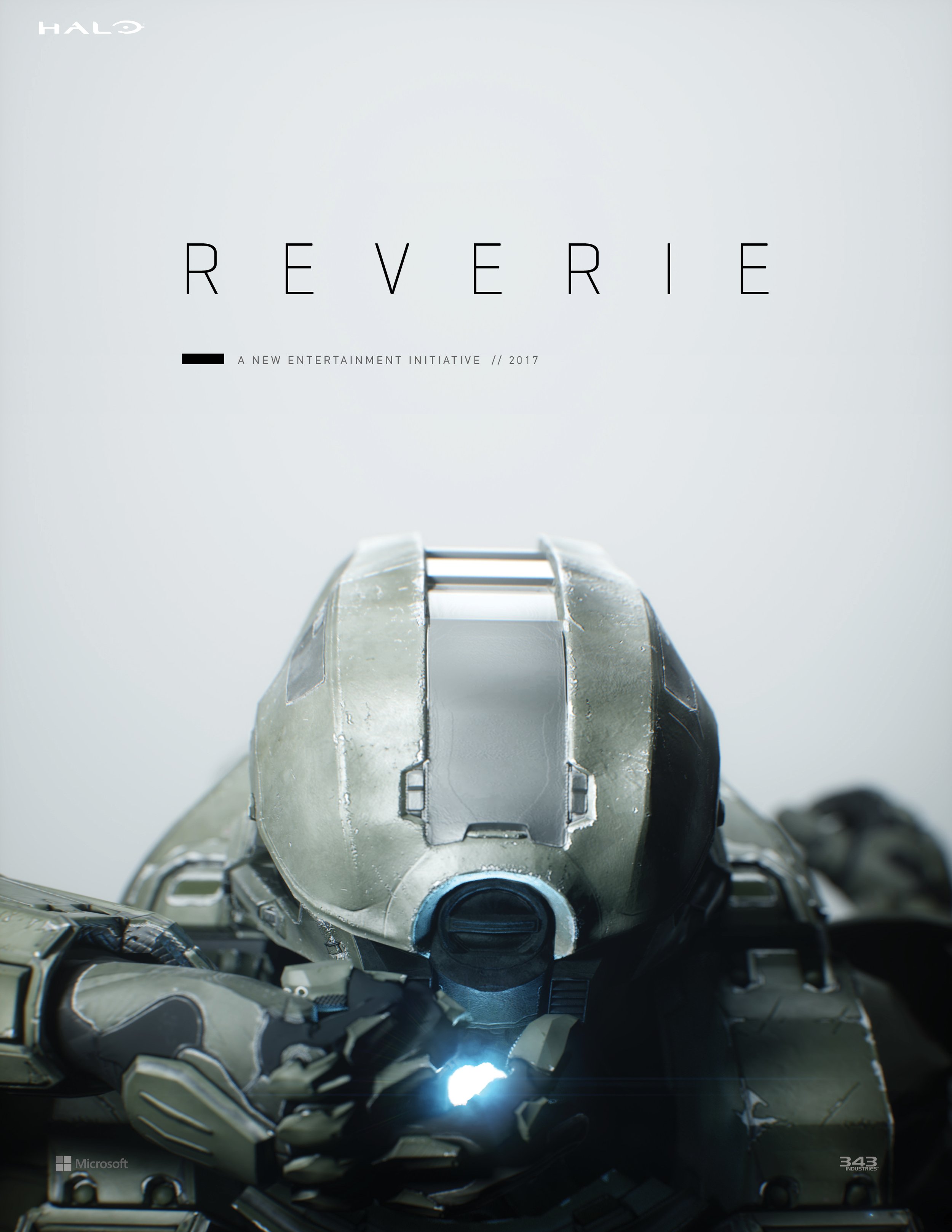

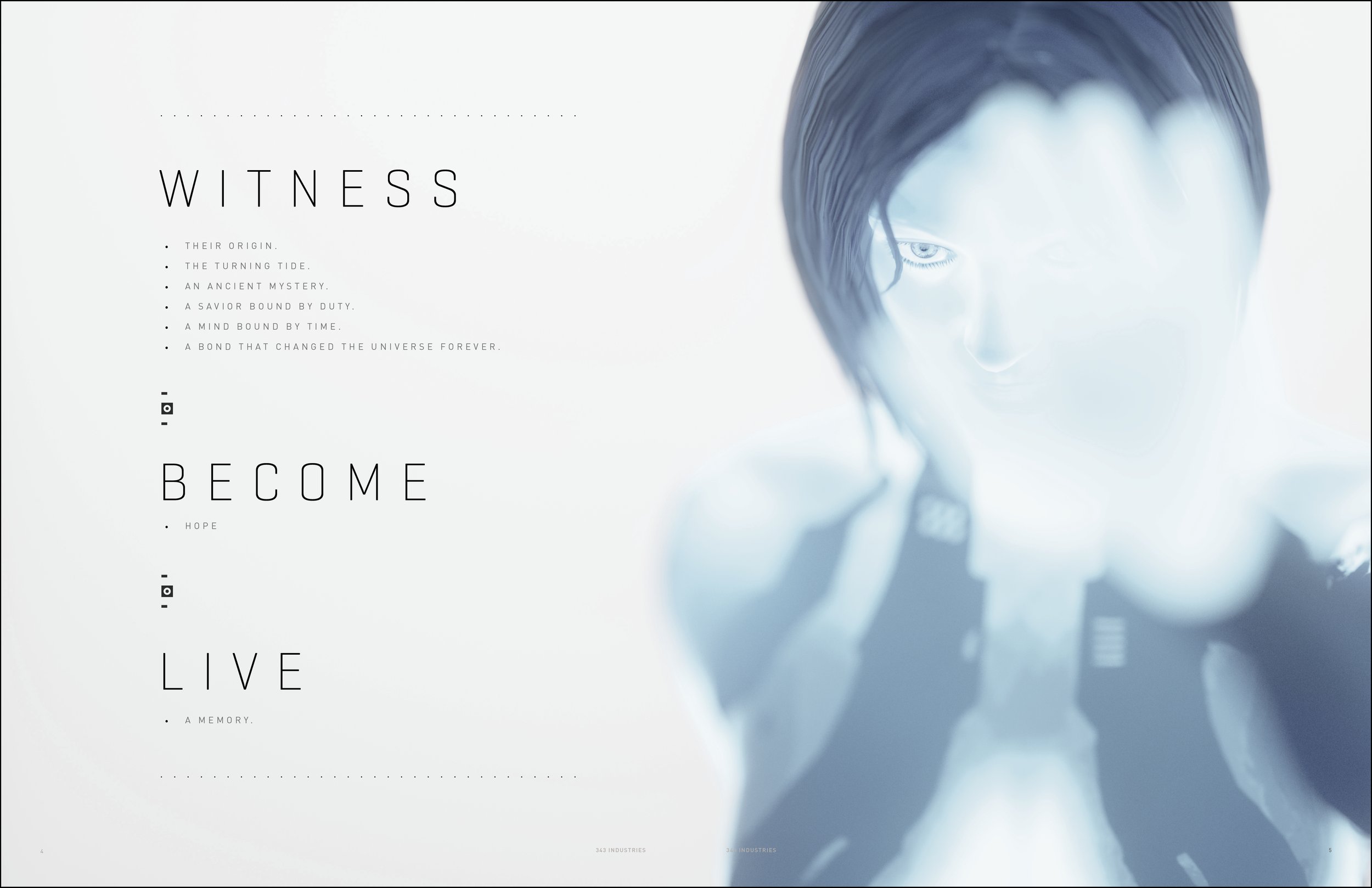





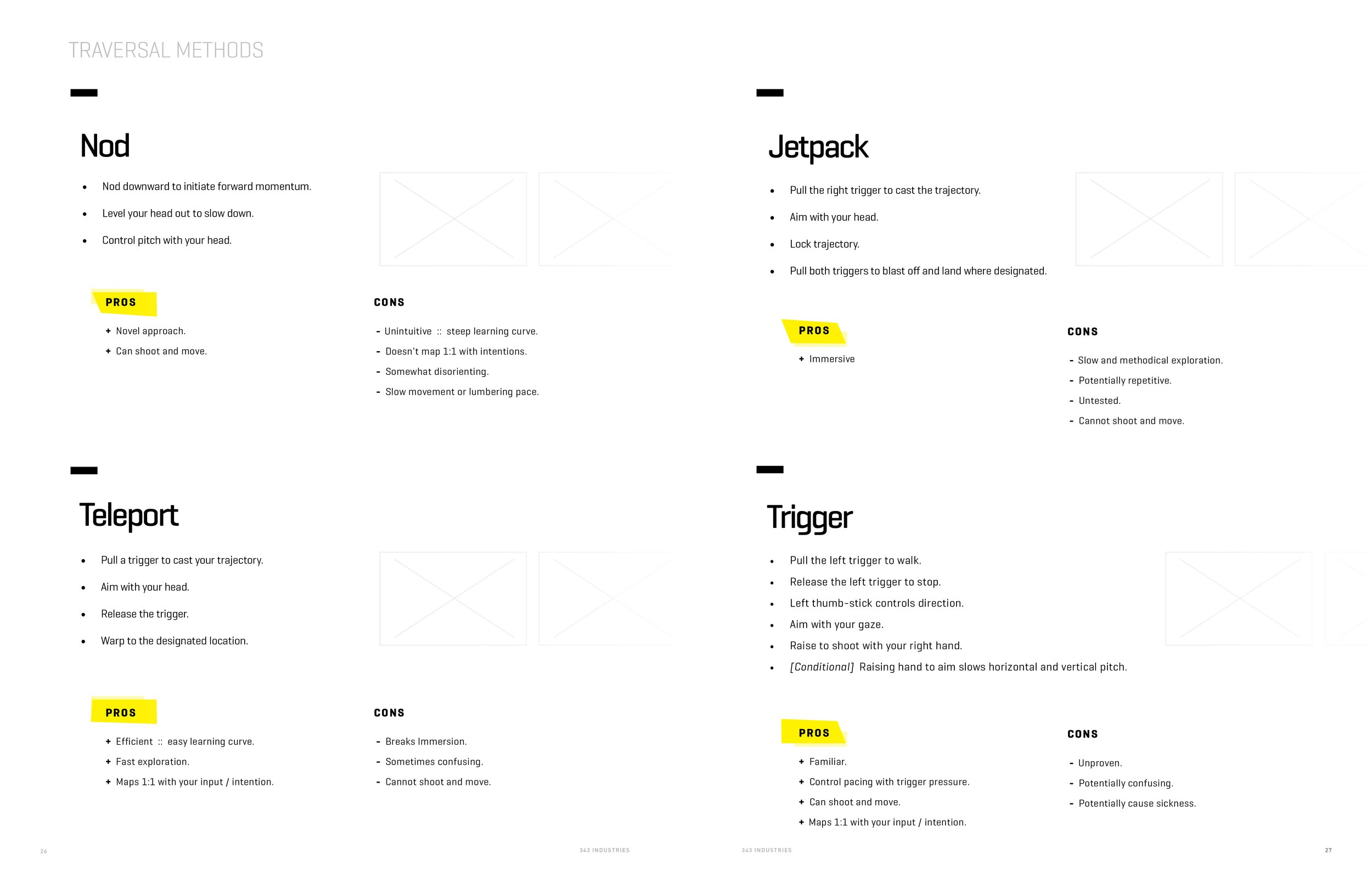

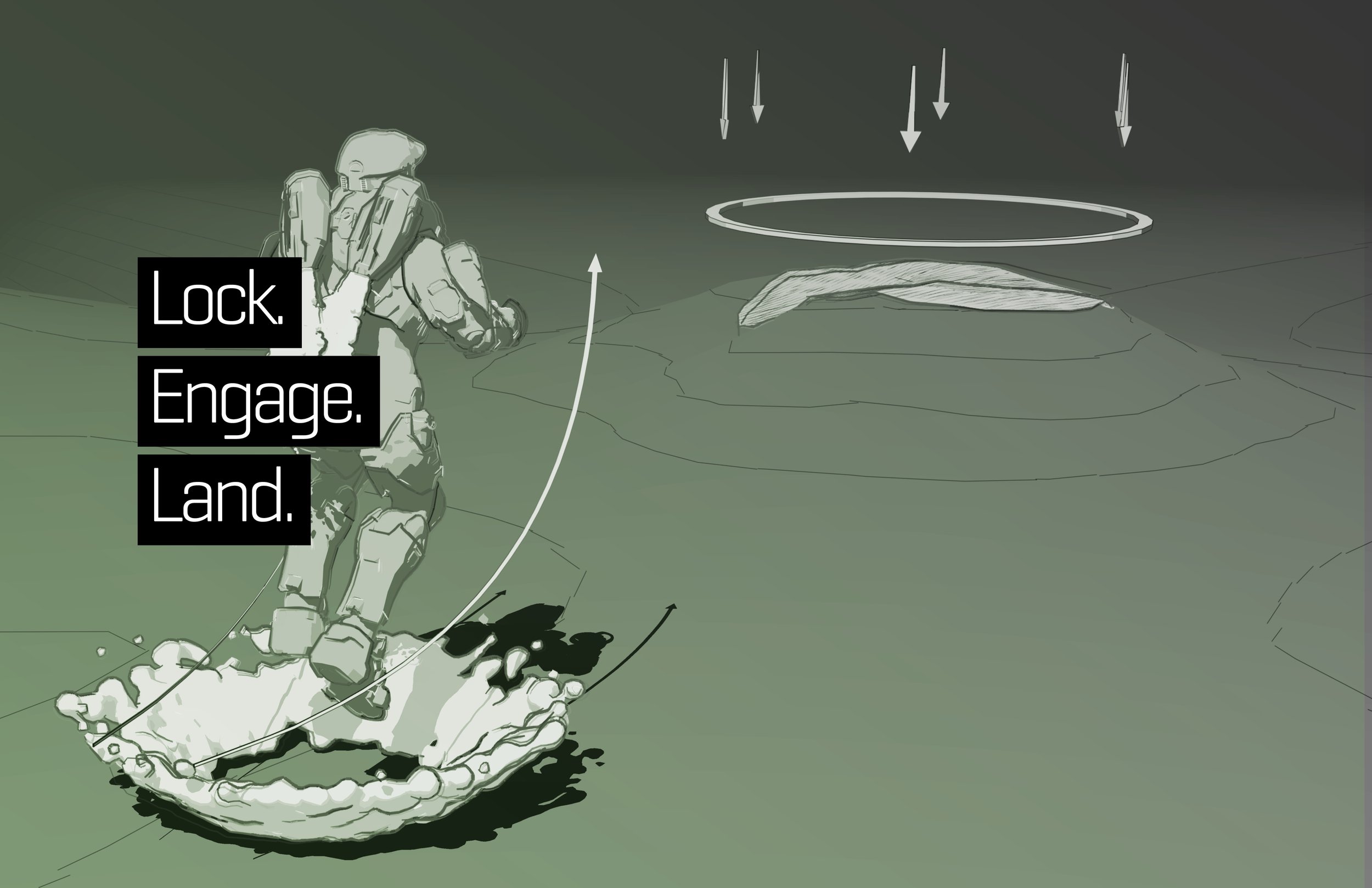

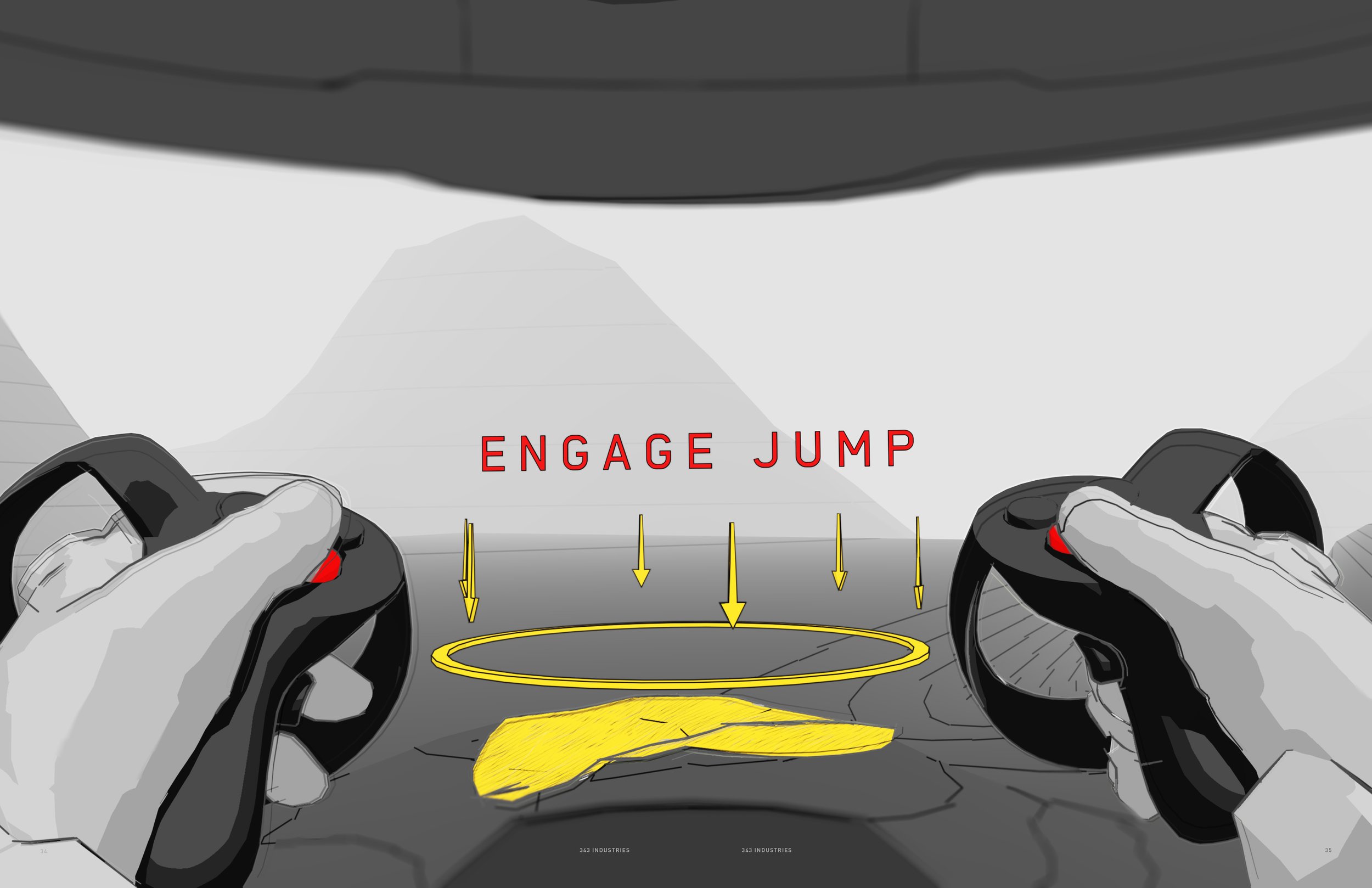


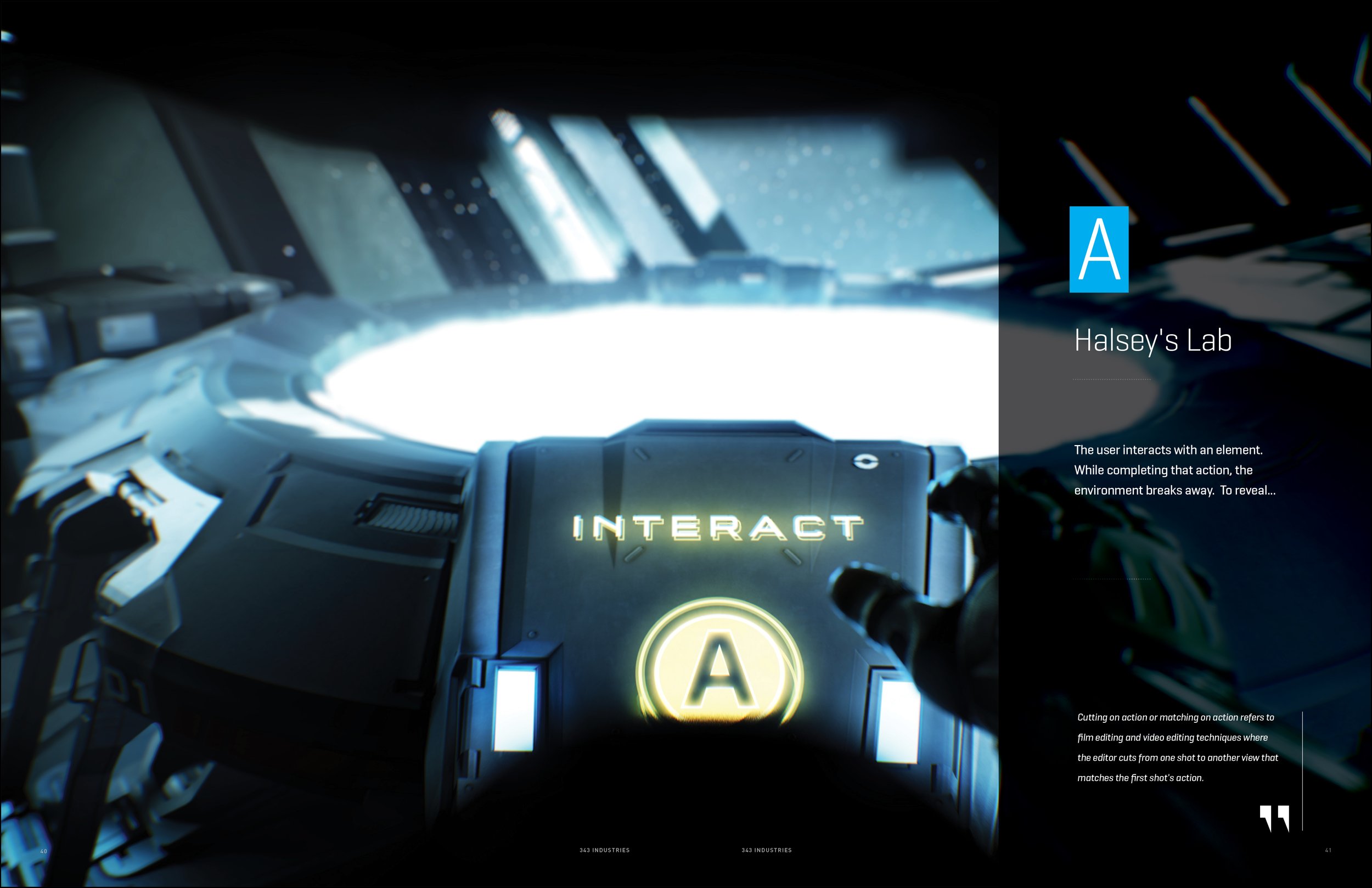

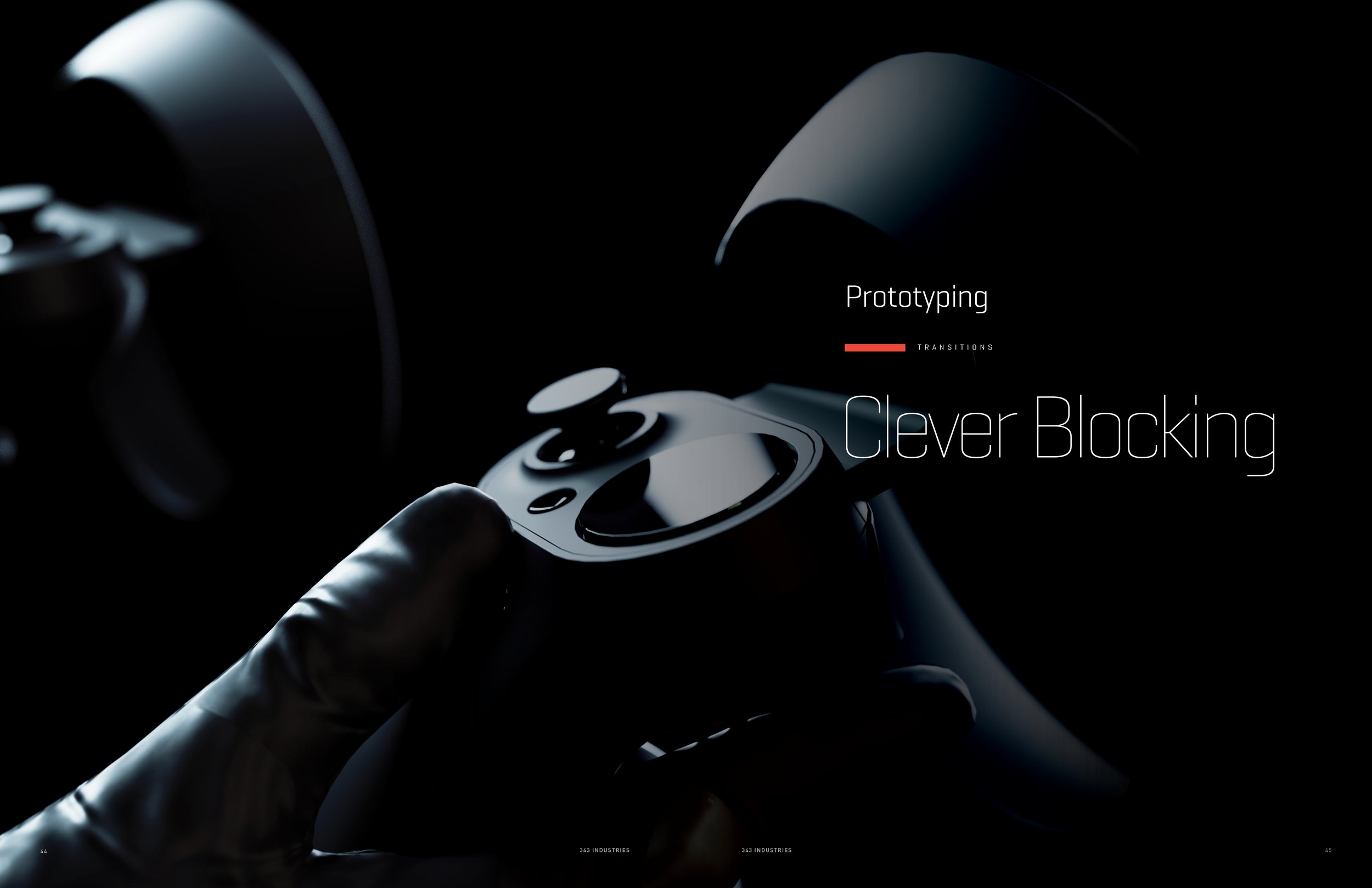


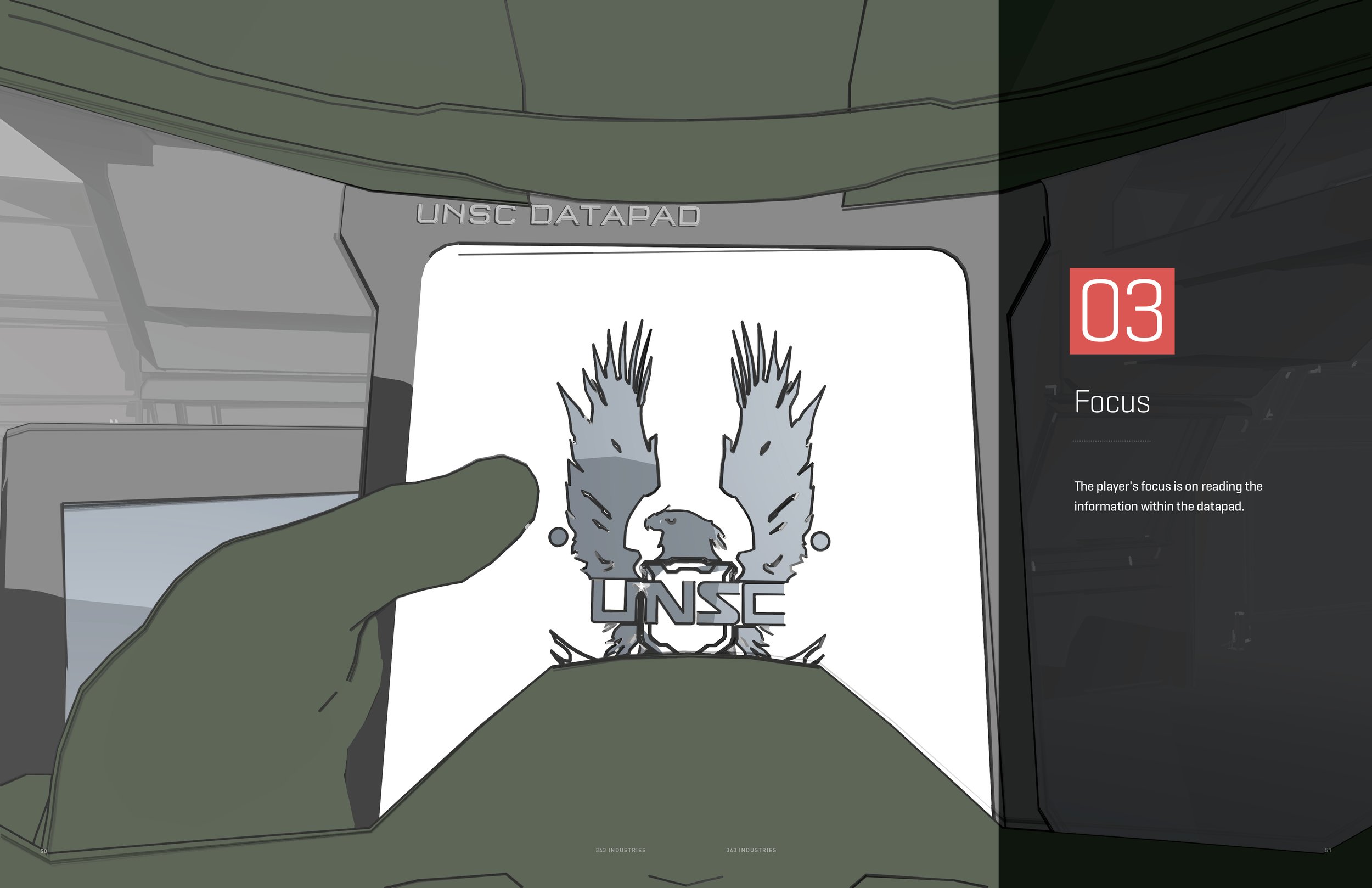




Virtual Reality in 2017
This serves as a comprehensive account of the various obstacles encountered and insights gained while endeavoring to navigate the intricate landscape of VR during 2017. This particular period introduced a myriad of complexities, with limited accessibility emerging as the foremost impediment. Moreover, technical limitations, regarding the spatial constriction associated with movement, served as a major hurdle throughout the process. However, through engaging in detailed consultations with esteemed organizations, several noteworthy examples were unveiled that exhibited substantial potential, albeit remaining undisclosed. Intriguingly, a crucial advantage personally possessed in undertaking this project was the application of a discerningly skeptical approach. It is worth noting that a significant number of VR experiences, encompassing approximately 95% of the offerings, proved to be a transient endeavor rather than a worthwhile immersive encounter. Consequently, this work endeavors to address and resolve this particular predicament.
CVP/Studio Manager: Bonnie Ross
Studio Head Transmedia: Kiki Wolfkill
Creative Director / Designer: Dan Chosich
Producer: Nick Chiang
Why VR
Why create in VR
Expensive: If it would cost a lot to do something in real life, like visit the statue of David in Florence, Italy, it might make sense to do it virtually.
Dangerous: Climbing Mount Kilimanjaro might be the adventure of a lifetime, but it could also be your last. Several people die on its slopes every year.
Impossible: You can’t travel back in time, grow a third arm, or experience life as a person of a different race or gender. But VR can give you a surprisingly visceral taste of what it would be like if you could.
Rare: You could go whale-watching a dozen times without seeing a hump- back breach right next to your boat. Or you could do it once in VR.
Power of VR
The key to understanding virtual reality, Bailenson said, is that it’s both potent and taxing. It’s potent because it’s so visceral and immediate that it can trick your brain into mistaking it for reality. In doing so, his research shows, VR experiences can change how people think about themselves and others, perhaps in places where other media might fail. - Source Link
Open Questions
How do we differentiate ourselves from a museum?
How do we let the mind fill in the blanks? How do we make a radio play in VR? There is a great focus on visuals in VR, but using filmic language you can make a surreal experience that guides emotions.
How much can we leave out to make the experience sticky?
Why would I repeatedly want to use this experience?
Limitations
“Given that immersion is not free, I believe we should reserve it for special experiences,” he says. His own lab [Stanford’s Virtual Human Interaction Lab] has an informal “20-minute rule” for VR content. Any experience that requires the user to go longer than that without a break is frowned upon.

